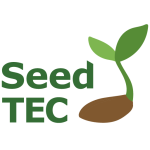
AFCD Mr. Siu-lun Chan: Hydroponic Cultivation, Prospect of the Technological Development of Hong Kong’s Agriculture
Entry experience
Mr. Siu-lun Chan, MH (hereinafter referred to as Chan Sir) is the Agricultural Officer of the Agriculture, Fisheries and Conservation Department (AFCD). He graduated from the Plant Pathology Department of National Chung Hsing University in Taiwan in 1977. At the beginning, he chose to join the government because he hoped to have a stable job. Generally, government workers were regarded as literally “iron rice bowl.” As time passed, Chan Sir developed an interest in work and enjoyed seeing the planting process from sowing, flowering, fruiting to harvesting. He also got stable in his post and continued to develop. Chan Sir is committed to introducing new varieties and agricultural technologies from overseas to Hong Kong, which has won the favor and application of the industry. Unknowingly, Chan Sir has joined the government for more than 36 years and has reached the age of retirement. Due to the government’s renewal of employment, Chan Sir, who is enthusiastic about serving the industry, decided to continue engaging in related work. In recognition of his outstanding performance and contribution to the agricultural industry, the government awarded the Medal of Honor (MH) to Chan Sir in 2015.
Chan Sir was in charge of traditional agriculture at first, then organic farming technology, and then hydroponic cultivation. After experiencing different cultivation modes, Chan Sir believes that local practitioners can choose different cultivation modes to make the development of Hong Kong’s agricultural sector more diversified and blossoming.
Introduction, development, and importance of hydroponic technology
Hydroponics has been developed in foreign countries for nearly two decades. In comparison, hydroponics in Hong Kong started started relatively late. Chan Sir recalled that Hong Kong had a small number of hydroponic farms in the 1980s. Unfortunately, the technology was not mature at that time, and these farms quickly closed down. In 2013, the government established the “Controlled Environment Hydroponic Research and Development Centre” and introduced related technologies and varieties to support the development of the industry. Thereafter, hydroponics has gradually developed in Hong Kong.
Talking about the reasons of introducing hydroponic technology, Chan Sir pointed out that the Department believed that the development of Hong Kong’s agricultural sector should be diversified and technology-oriented. In addition, Hong Kong had a large number of vacant industrial buildings. The then director Mr. WONG Chi Kwong decided to invest resources to introduce the fairly mature hydroponic cultivation techniques that have been developed in foreign countries. Then, Chan Sir began the establishment of the “Controlled Environment Hydroponic Research and Development Centre” and visited Japan with the director and colleagues to inspect. Chan Sir pointed out that Japan lacks land resources for growing vegetables, but the locals like to eat fresh vegetables, so the hydroponic development in Japan is booming. Interestingly, many large-scale hydroponic farms in Japan are reconstructed from electronics factories because they can make full use of existing plant and clean room equipment. Since the development background of hydroponic technology in Japan is quite similar to that of Hong Kong, Hong Kong can learn from it.
The “Controlled Environment Hydroponic Research and Development Centre” was established by the AFCD in cooperation with the Vegetable Marketing Organization. At the beginning of its establishment, there were only 5 to 6 hydroponic farms in Hong Kong. When people in the industry learned that the government had established a hydroponic centre, they were very encouraged, prompting more companies to invest resources in the development of hydroponic technology. Today, the number of hydroponic farms has risen to about 50. The practitioners who are engaged in hydroponic cultivation are mainly younger farmers. They have received higher education and utilized funds to set up their own hydroponic farms to sell a wide variety of agricultural products. The development potential of hydroponic cultivation continues to attract more investors. At present, the agricultural products produced by hydroponic cultivation in Hong Kong have reached an annual output of more than 300 metric tons, which can provide the public with more choices. Chan Sir believes that there is still a considerable potential for developing hydroponics in Hong Kong.
Hong Kong people consume about 2,500 metric tons of vegetables every day, so local agricultural production is far from being self-sufficient. Chan Sir said that when he joined the industry, local agricultural products could meet more than 30% of the local demand, but now it is less than 2%. Therefore, the production of local vegetables is very important to stabilize the supply of local fresh agricultural products without being completely constrained by prices and overseas products. Chan Sir said that hydroponic agricultural products need to continuously improve their quality, lower their prices, and ensure food safety in order to attract consumers and maintain their competitiveness in the market.
Hydroponic cultivation not belonging to organic cultivation
According to the guidelines of the Hong Kong Organic Resource Certification Limited, organic farming must be planted in natural soil. Since hydroponic cultivation does not require the use of soil as a planting medium, it does not meet the definition of organic farming by the Hong Kong Organic Resource Centre. However, some overseas certification bodies agree that Aquaponics is organically grown. Therefore, determining whether a farming method is organic or not depends on whether the operator can meet the standards of the certification body.
Chan Sir pointed out that it is actually quite difficult to implement organic farming in Hong Kong because there are specific requirements for land and farming methods, and some of the cultivated land fail to meet the requirements. Therefore, to Hong Kong’s agricultural sector with limited land resources, hydroponic cultivation is one of the desirable directions. Regardless of whether it is organic or not, Chan Sir encourages people in the industry to look ahead and dare to try, so that diversified production models can germinate in Hong Kong.
Hydroponic cultivation mode
In theory, most plants can be cultivated using hydroponic methods. Hydroponic cultivation is a method of soilless cultivation. The cultivation medium can be liquid or solid. The liquid medium is mainly water, and the solid medium can be rock wool salt block, pumice, etc. Moreover, there is a relatively novel method—Aeroponics. Varieties that were difficult to grow in the past using hydroponic cultivation (such as rhizomes) can also be planted using this technology. With the development of hydroponic technology, Chan Sir expects that the future of Hong Kong’s hydroponic agricultural products will include edible flowers, fruits, vegetables, and Chinese herbal medicines.
Hydroponic cultivation is a very safe farming method. First of all, the hydroponic centre is a clean indoor space. Clean water is used for irrigation. The nutrient solution can accurately provide the nutrients needed by the plants and is recycled to effectively reduce environmental pollution. Many people think that hydroponics is very power-consuming, but there is already energy-saving equipment that can be used for hydroponics in the market. For example, if plant growth lights are changed to LED lights, the power consumption can reduce by nearly half from about 40W to about 22W. With the advancement of technology, future equipment may save more energy. Chan Sir is assisting in the preparation of the second phase of the “Controlled Environment Hydroponic Research and Development Centre.” It is expected that more natural energy sources, such as solar light guide systems, will be used.
Comparing to traditional planting methods, hydroponic cultivation is more superior in controlling pests and diseases. The hydroponic mode can avoid the use of pesticides and the spread of soil diseases. In addition, hydroponic cultivation is operated in layers and zones. If diseases are found, the area can be isolated and disinfected in time, effectively reducing the risk of crop loss.
Challenges and countermeasures of local hydroponic cultivation
According to the operation records of the hydroponic centre, electricity bills do not account for a high percentage of production costs. Chan Sir lamented that the biggest difficulty in applying hydroponics in Hong Kong is actually the rent and labor, because these two items account for the most expenditure. Therefore, Chan Sir looks forward to introducing new technologies through the hydroponic centre and cooperating with universities to introduce energy-saving facilities and technologies to the industry to reduce operating costs. In addition, the centre strives to introduce high-valued varieties, such as strawberries that can be produced throughout the year, in order to strengthen the competitiveness of the industry. The second phase of the Hydroponic R&D Centre will also try to use automated operations, such as automatic seeding, harvesting, pollination, etc., to reduce manpower input and improve production efficiency.
Hydroponic technology suitable for Hong Kong application
Chan Sir pointed out that Hong Kong is very suitable for hydroponic cultivation for the following reasons:
-Hong Kong has a hot and long summer, with typhoons and heavy rains from time to time, but a winter with low temperature and cold currents, all of which affect the growth and harvest of crops. Hydroponic cultivation can be done in an environmentally controlled indoor site, not affected by the external environment.
-With production in plan, hydroponic cultivation can provide a stable supply of products to the market throughout the year.
-Hong Kong’s cultivated lands are shrinking, and land resources are limited. Vacant industrial units and warehouses just provide the place needed for hydroponic cultivation.
-Hong Kong is very suitable for urban agriculture because agricultural products can be shipped to consumers in a short time after harvesting. This can reduce transportation costs and maintain the freshness of agricultural products, and reduce carbon footprint.
The importance of seed quality to hydroponic cultivation
Chan Sir believes that the quality of seeds is very important. Seed quality directly affects the quality and yield of plants in the future. At present, the crop seeds tested and recommended to the industry by the hydroponic centre mainly rely on local or overseas well-known seed companies, because the quality and supply of commercial production are elatively stable in general.
The Hydroponic Centre will also test the quality of seeds supplied by different companies, such as germination rate, etc., and recommend those seeds to the industry only if the test results are satisfactory. If the fruit seeds are not well tested before planting, it is difficult for the products to achieve satisfactory production. For example, seed borne diseases are often found after planting, and they have already caused losses when they are discovered. Chan Sir looks forward to the establishment of a seed testing centre in Hong Kong, which will bring another layer of protection to the industry.
Prospects of Hong Kong’s agriculture
Chan Sir believes that Hong Kong’s agriculture is undergoing a tough period. Insufficient arable land and expensive manpower are the main difficulties. However, he believes that Hong Kong’s agricultural production can be maintained through diversified technologies and high-quality production methods, so that local consumers can have more choices and reduce dependence on imported agricultural products. He believes that Hong Kong should move towards technological agriculture, produce safe quality products, and develop technologies such as smart hydroponics. In the future, it will depend on whether scientists, horticulturists, and urban planners can develop good seeds and technologies, and provide more cultivation sites, adapting to the conditions at the time.
Text: Ken Wong
(Interview in April 2021)
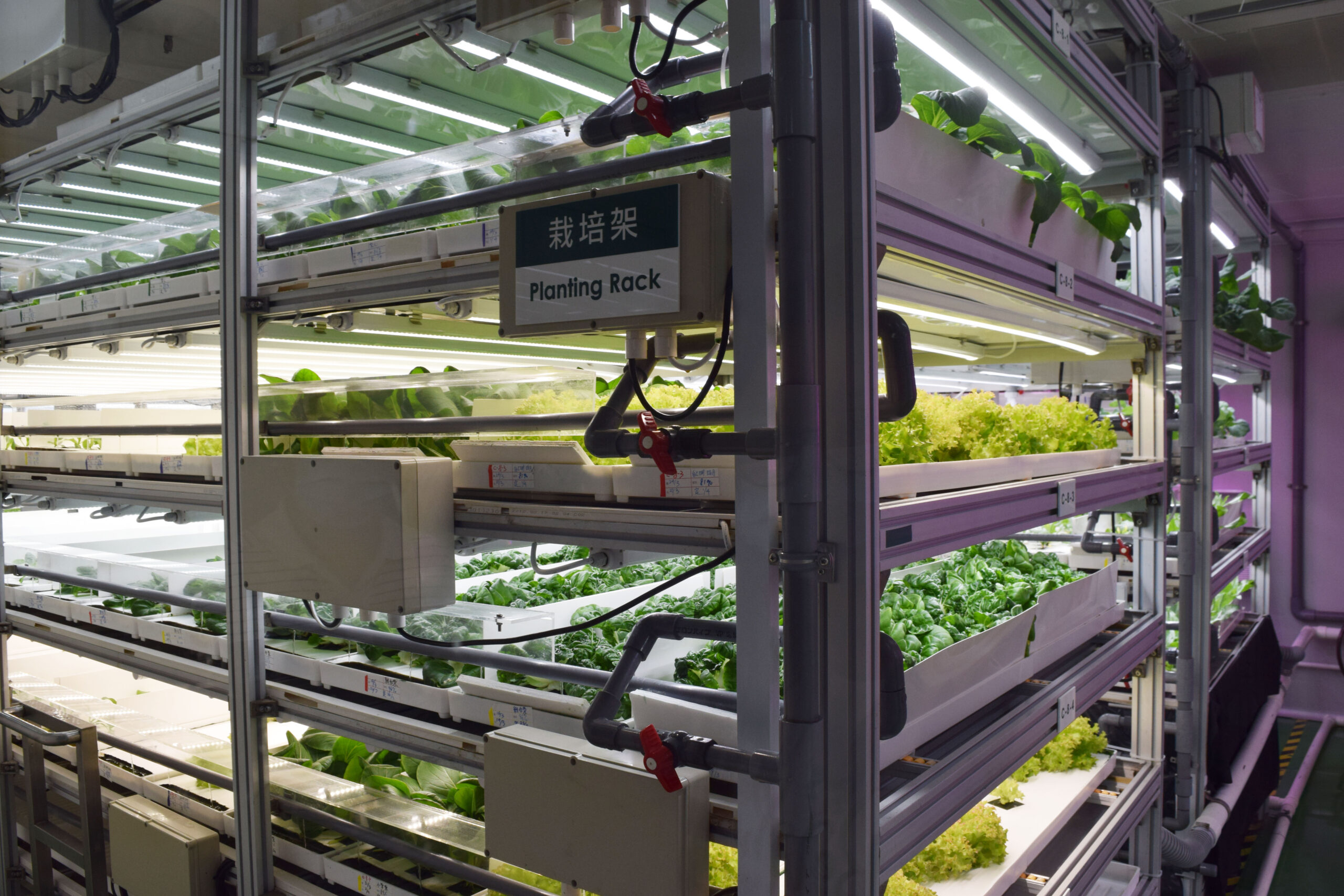
The layered cultivation rack used in the hydroponic centre can increase the planting space.
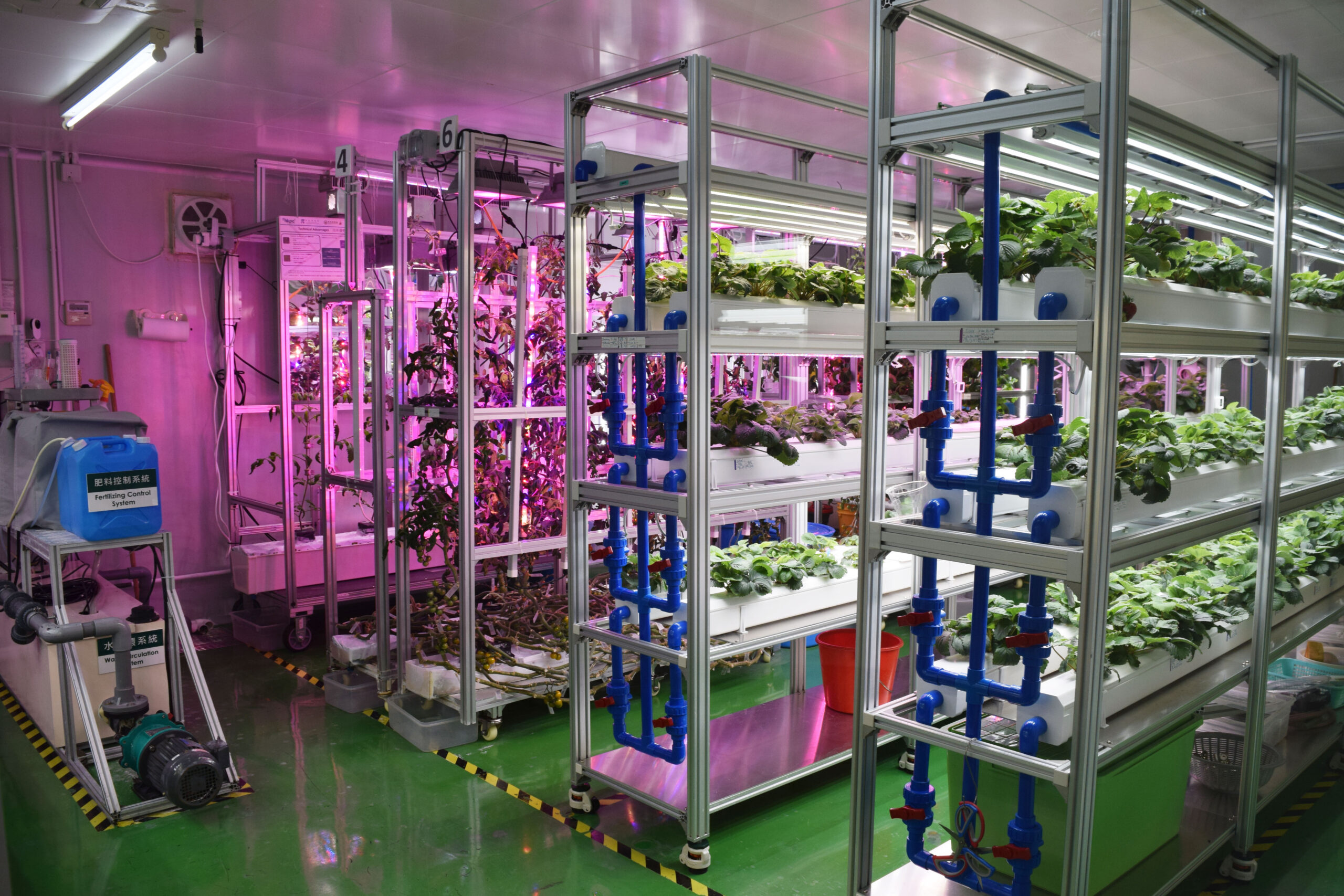
A glance of hydroponic centre
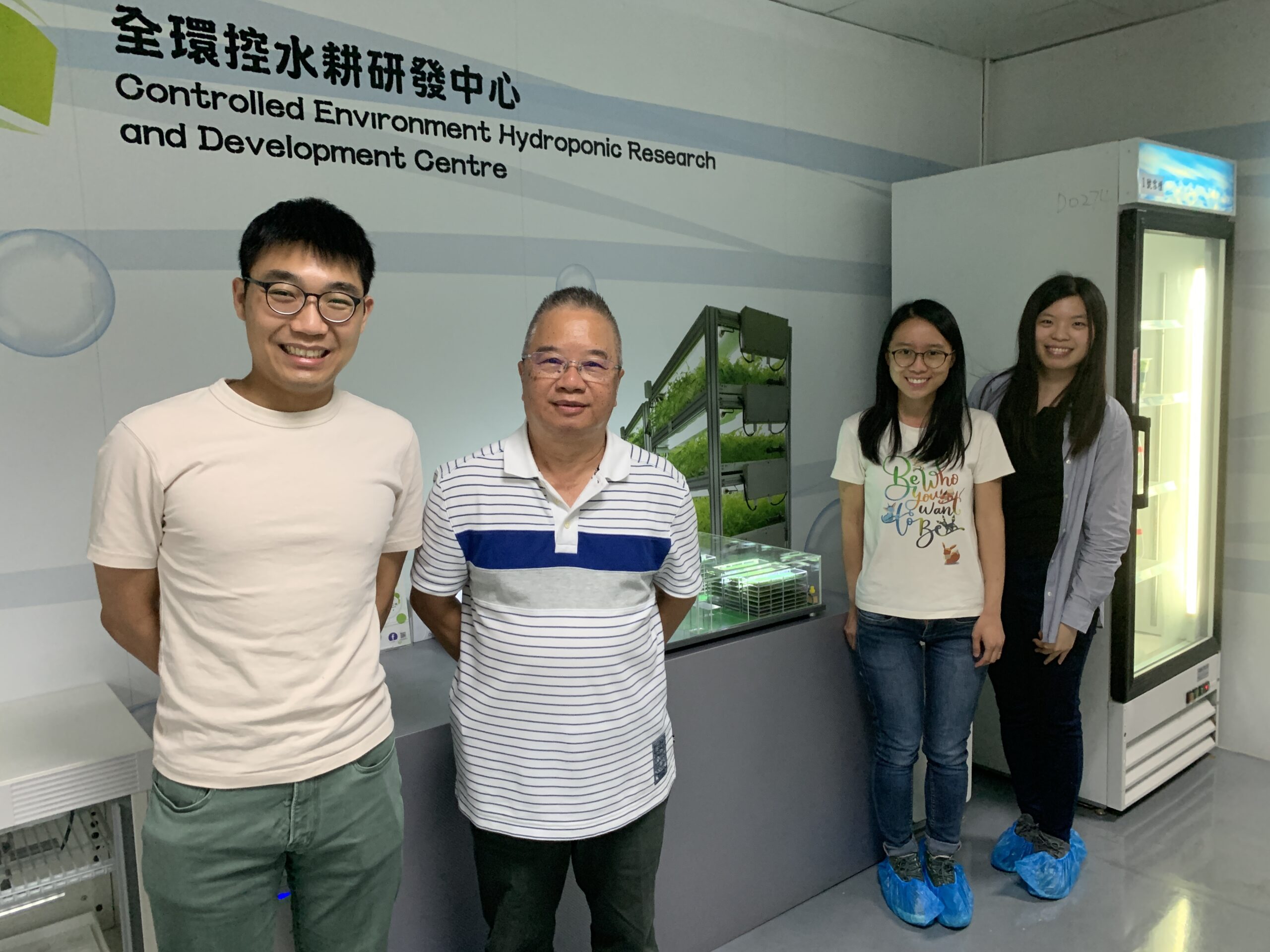
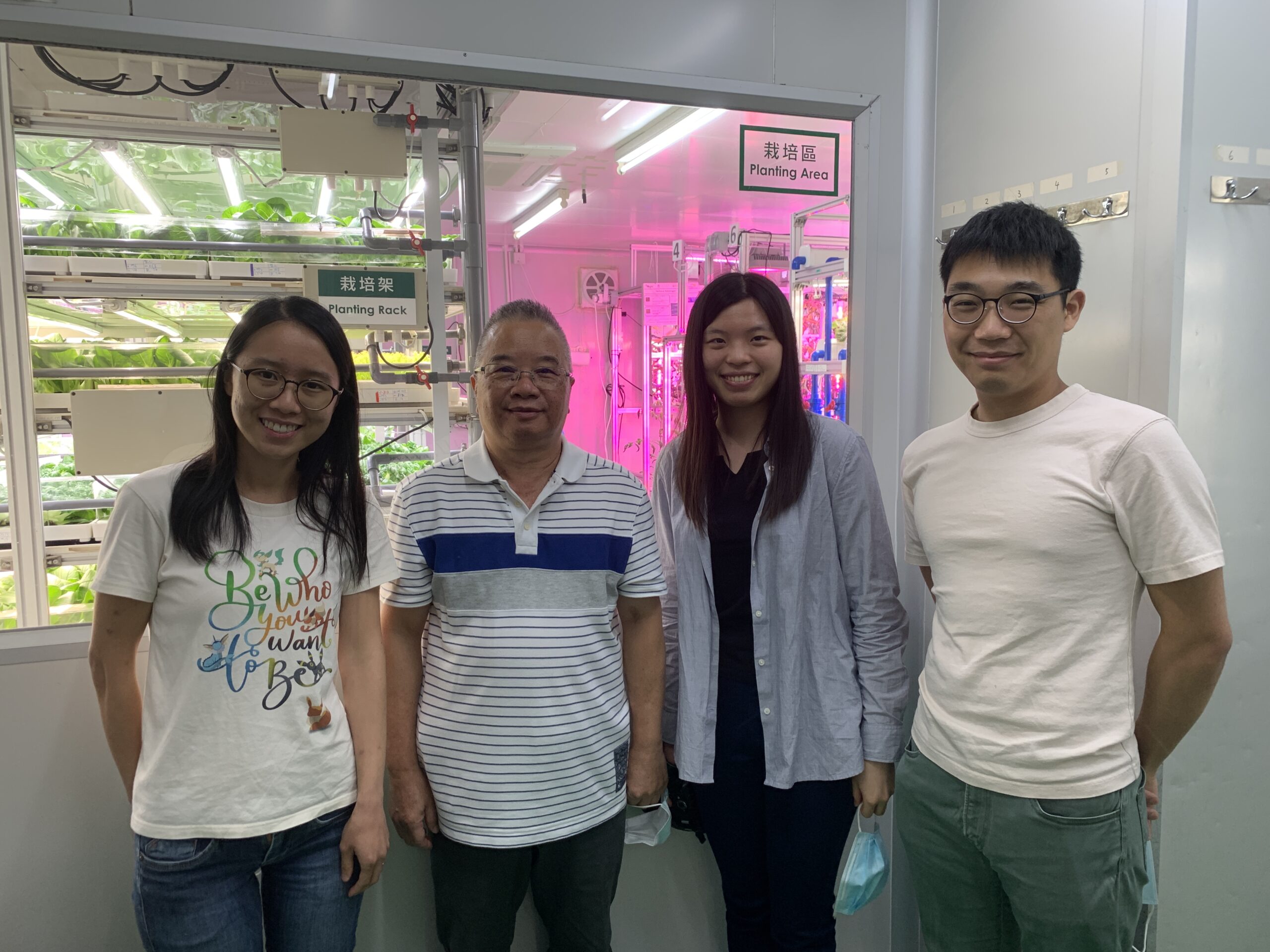
Mr. Siu-lun Chan, MH, (second from left)
